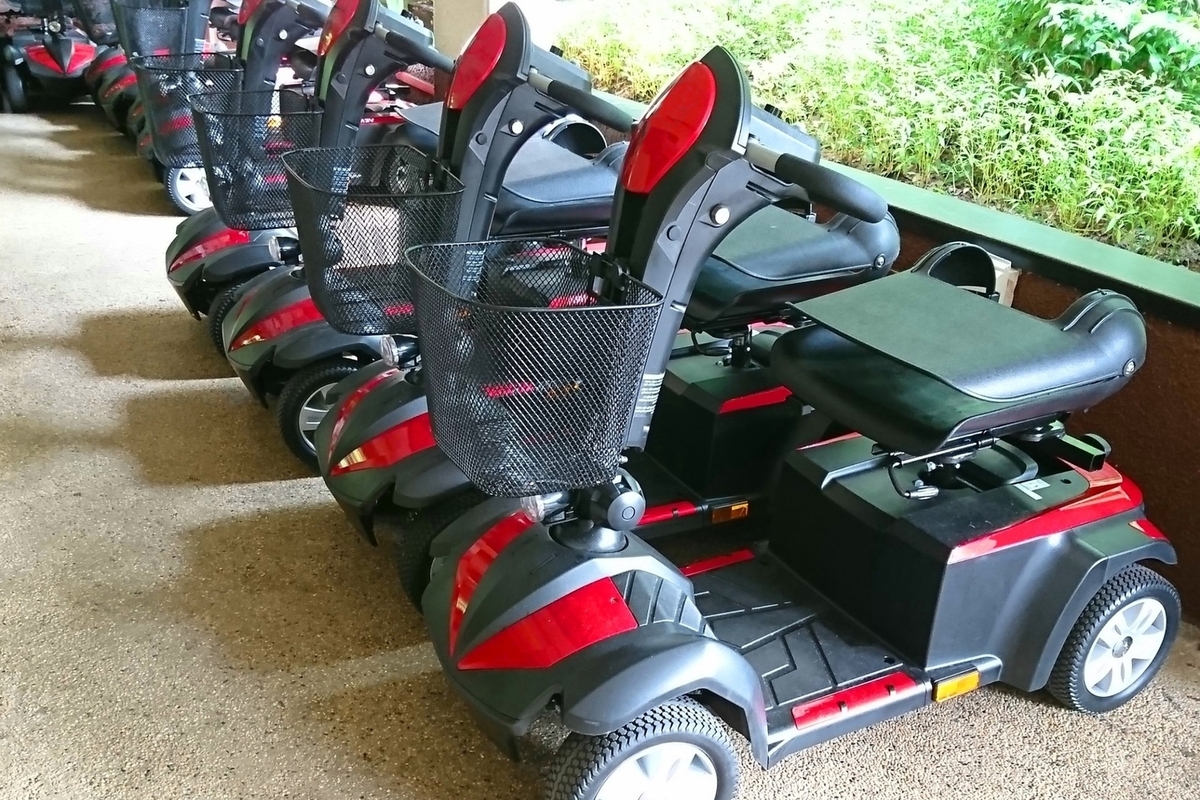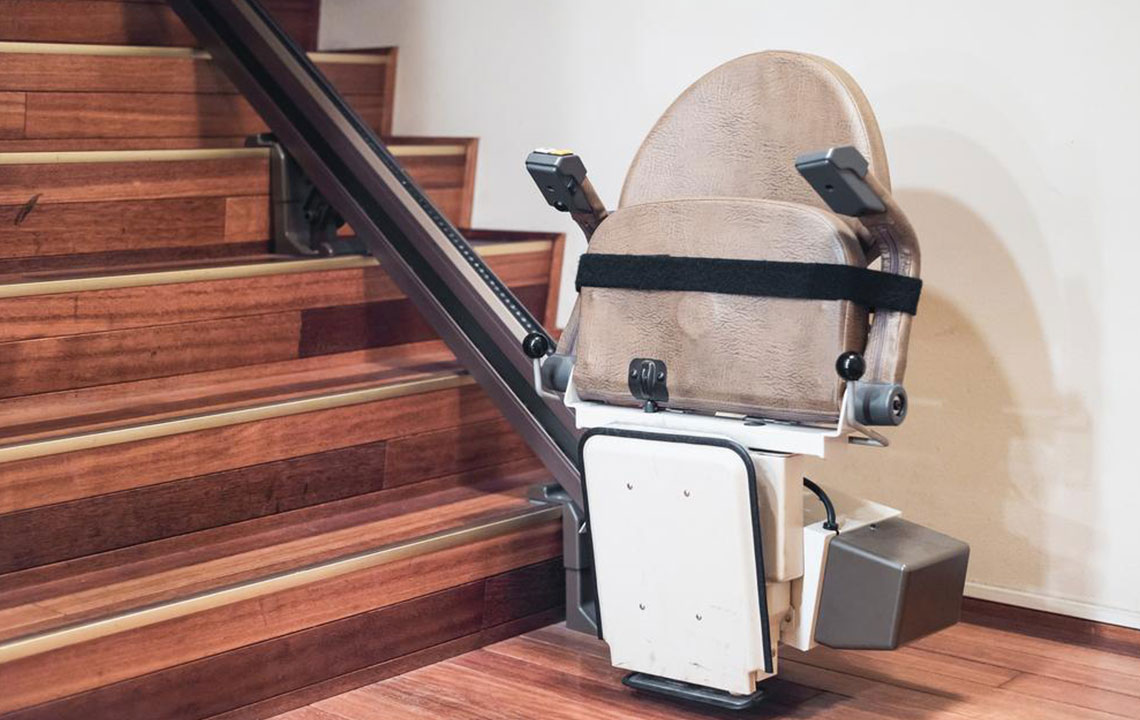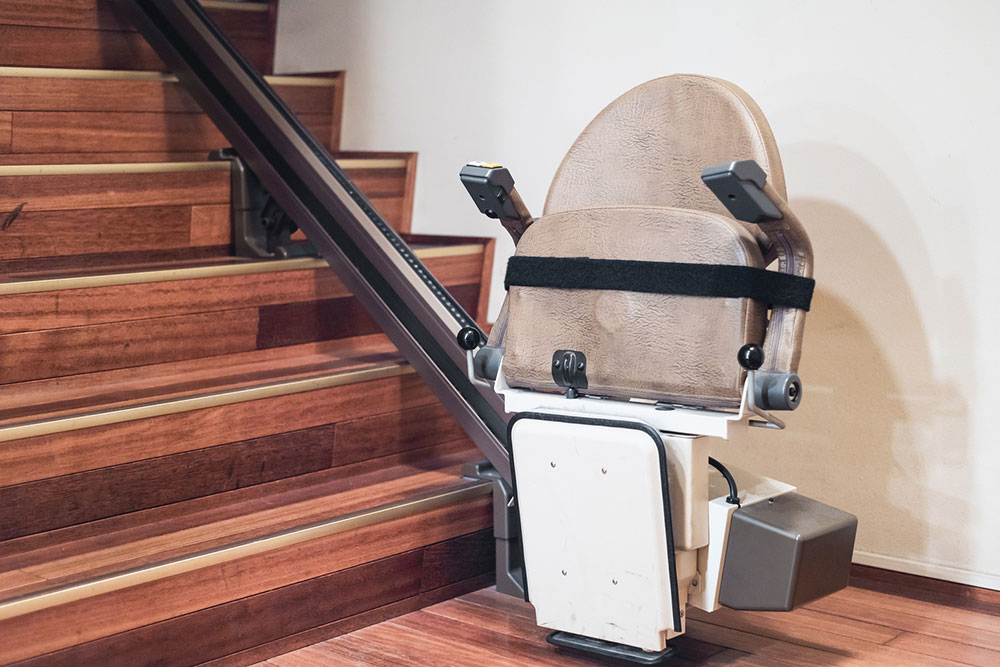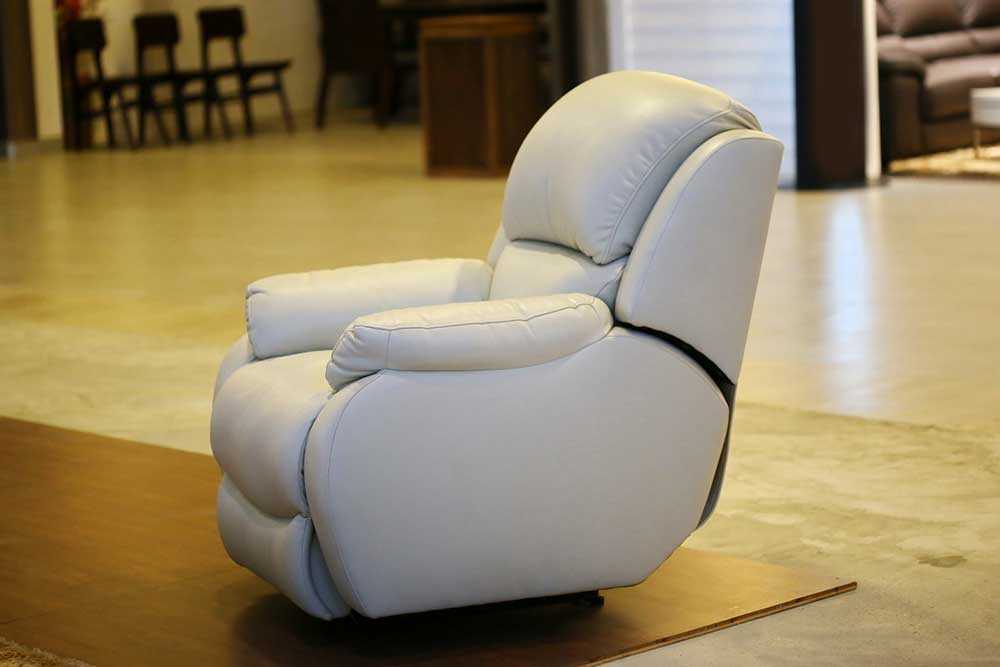Ultimate Guide to Mobility Scooters: Enhancing Independence and Mobility
This comprehensive guide explores everything about mobility scooters, from their types and safety regulations to maintenance and selection tips. Ideal for users seeking increased independence, the article provides in-depth insights into choosing and safely operating mobility scooters across various environments. Learn how these essential devices can restore mobility and improve daily living for seniors and individuals with mobility challenges.
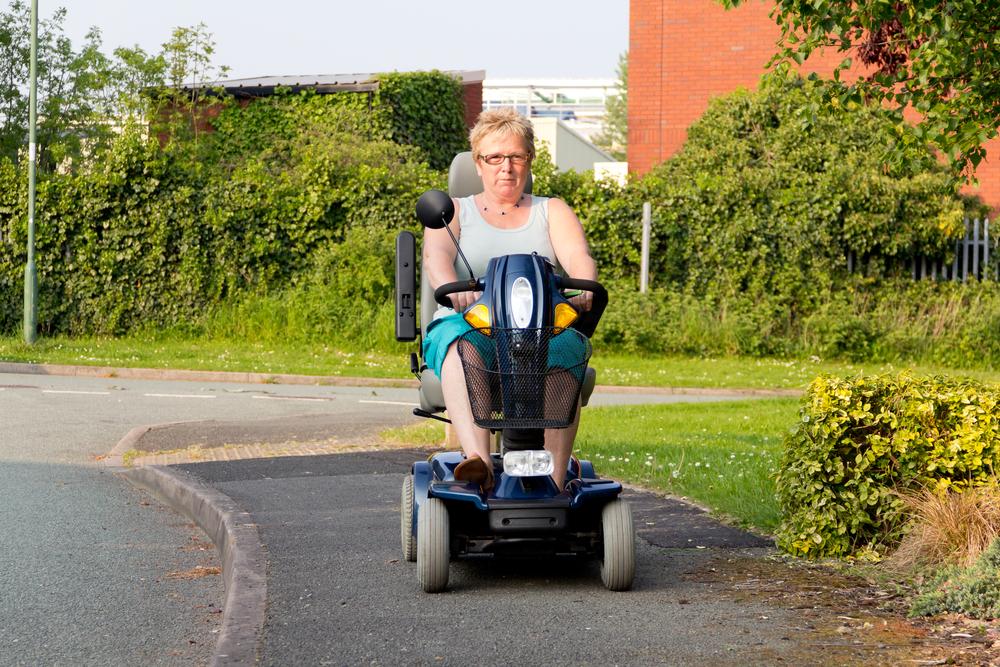
Comprehensive Insights into Mobility Scooters for Enhanced Mobility
Mobility scooters have become an essential assistive technology for individuals facing mobility challenges due to aging, disability, or temporary health conditions. These compact, motorized devices are specifically designed to help users regain independence, allowing them to navigate their environment with greater ease and confidence. As an alternative to traditional walking aids like canes or walkers, mobility scooters provide a comfortable and efficient means of transportation, especially in urban settings, shopping centers, parks, and residential areas.
Many seniors and individuals with limited mobility prefer these scooters because they significantly improve daily living activities. They enable users to attend social events, chores, errands, or leisure activities without excessive fatigue or dependence on others. While mobility scooters truly enhance personal independence, it’s important to understand their types, usage protocols, safety requirements, and maintenance needs to ensure a positive experience.
Understanding Different Types of Mobility Scooters
Mobility scooters come in an array of models tailored to meet diverse needs and usage scenarios. The key is selecting the correct type based on intended use, terrain, and user capability:
Manual Mobility Scooters: These are non-motorized models that rely solely on the user’s physical effort to move. Also known as push scooters, they often feature a simple design for short-distance indoor or outdoor use. While they require physical strength, they are lightweight, easy to store, and budget-friendly, making them suitable for users with sufficient upper-body strength or those looking for light exercise.
Compact and Foldable Scooter Models: Designed with portability in mind, these scooters are perfect for travel and transportation. They can be easily disassembled or folded into smaller pieces, fitting into car trunks, airplanes, or public transportation. Ideal for users who frequently travel or need a lightweight alternative for errands.
Heavy-Duty Mobility Scooters: Built to handle rugged outdoor terrain, heavy-duty scooters feature larger wheels, robust frames, and enhanced suspension systems. They are suitable for outdoor activities such as gardening, pavement uneven surfaces, or off-road adventures. These models often come with increased battery capacity and stability features to ensure safety over challenging terrain.
Mid-Size and All-Terrain Scooters: These provide a versatile option for both indoor and outdoor use. They are equipped with features suitable for diverse environments, offering a balance between portability and power. Perfect for users who need a capable scooter for various daily tasks and recreational activities.
Safety, Regulations, and Operating Requirements
Operating mobility scooters requires understanding local regulations and safety practices. While eyesight flexibility varies, users should be able to read vehicle registration numbers from at least 12.3 meters (40 feet) to ensure safe identification. Many countries classify mobility scooters into different classes—Class 2 for pavement use and Class 3 for road use—each with specific regulations regarding speed limits, signage, and where they can be operated.
Most mobility scooters are registered or require a form of identification, especially for road-use models. Although a driver’s license is typically not mandatory, training in safe operation is highly recommended. Keys are commonly used to operate the scooters, preventing unauthorized use. Insurance options are available to cover accidents, theft, and repairs, providing additional peace of mind for users.
Battery Life, Maintenance, and Repairs
Battery performance is a critical aspect of mobility scooter operation. Most modern scooters offer battery lives that enable users to travel 15 to 25 miles on a single charge—adequate for daily errands and outings. Typical battery lifespan ranges from 18 months to 2 years with proper maintenance. Regular charging, avoiding over-discharge, and storing batteries in cool, dry conditions prolong battery life.
Routine maintenance is essential for optimal functioning and safety. This includes checking tire pressure, inspecting brakes, updating firmware if applicable, and maintaining electrical components. Qualified technicians should conduct servicing, especially for scooters used frequently or on rugged terrain. Accessories such as seat cushions, lights, and reflectors can enhance comfort and visibility, contributing to safer use.
Choosing the Right Mobility Scooter for Your Needs
When selecting a mobility scooter, consider factors such as your physical strength, typical usage environment, travel plans, and budget. Consulting with healthcare professionals or mobility specialists can help identify the most suitable model. Test-driving different scooters can also provide a firsthand experience of comfort, stability, and ease of operation. Proper training on how to operate and maintain the scooter ensures safer, longer-lasting use, enabling users to enjoy their newfound independence fully.
Mobility scooters have revolutionized assistive mobility, offering a practical solution for many. With ongoing advances in technology, they are becoming more lightweight, efficient, and user-friendly. Investing time to understand their features, regulations, and maintenance needs will maximize benefits, ensuring users can move freely and confidently in their daily lives.

